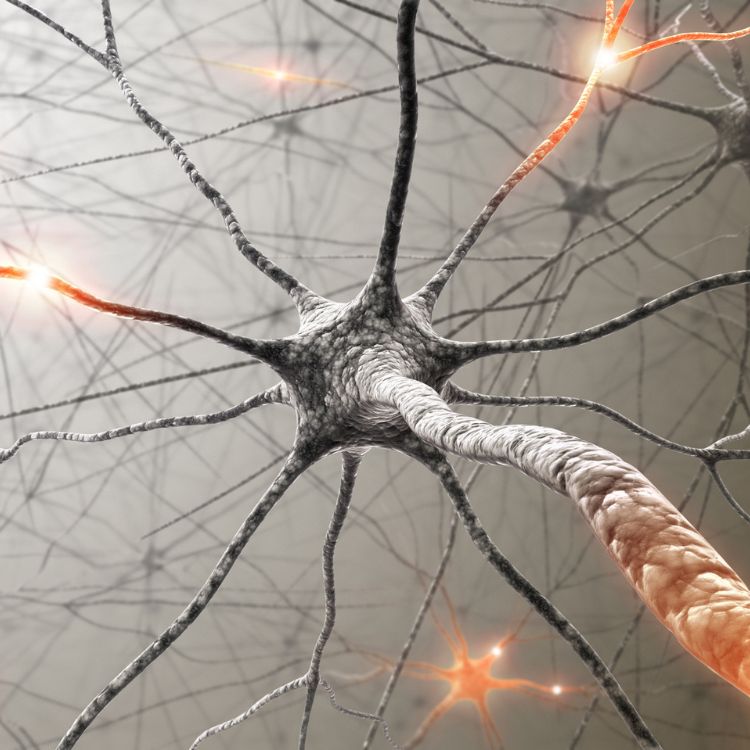Who Can Benefit from Peripheral Nerve Stimulation?
Peripheral nerve stimulation is an effective option for individuals suffering from chronic pain that has not responded well to other treatments. This therapy is commonly used for:
- Neuropathic pain from conditions such as nerve injuries or diabetic neuropathy
- Post-surgical pain that persists after procedures like amputations or hernia repairs
- Complex Regional Pain Syndrome (CRPS) affecting the arms or legs
- Migraines and headaches unresponsive to traditional medications
- Pain caused by overactive bladder or interstitial cystitis
Because PNS is minimally invasive and reversible, it is an excellent choice for those seeking pain relief without major surgery or long-term medication use.
The Procedure and What to Expect
PNS is performed in two stages: a trial phase and, if successful, a permanent implantation.
- Trial Phase: A temporary electrode is placed near the targeted nerve, connected to an external generator. Patients can test how well the stimulation reduces their pain before committing to a permanent implant.
- Permanent Implantation: If the trial is successful, a small generator is implanted under the skin, sending electrical pulses to the nerve. Patients can adjust stimulation settings as needed for optimal relief.
Recovery is typically quick, with most individuals resuming normal activities within a few days. The implant can provide long-term pain relief while allowing patients full control over their therapy.


